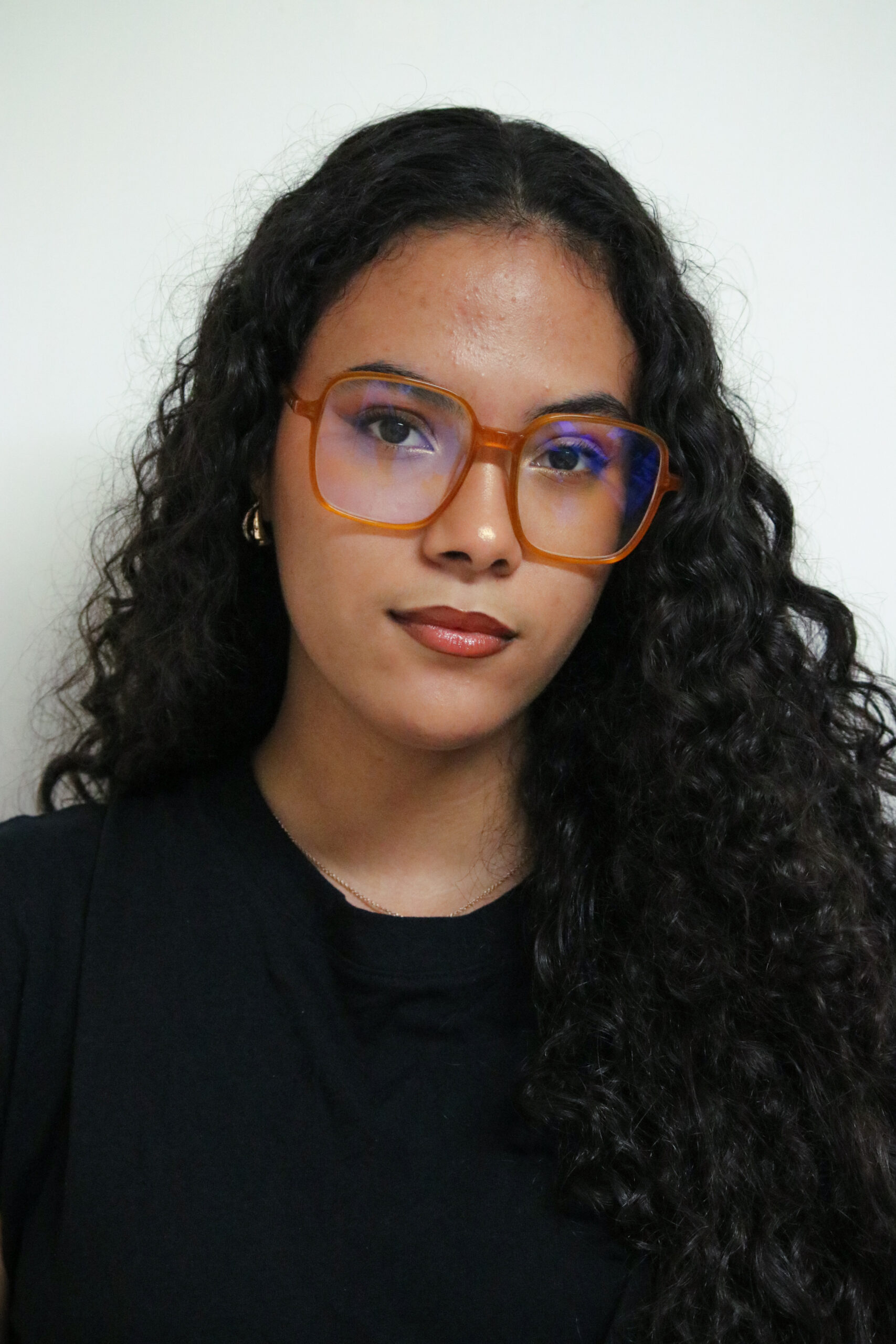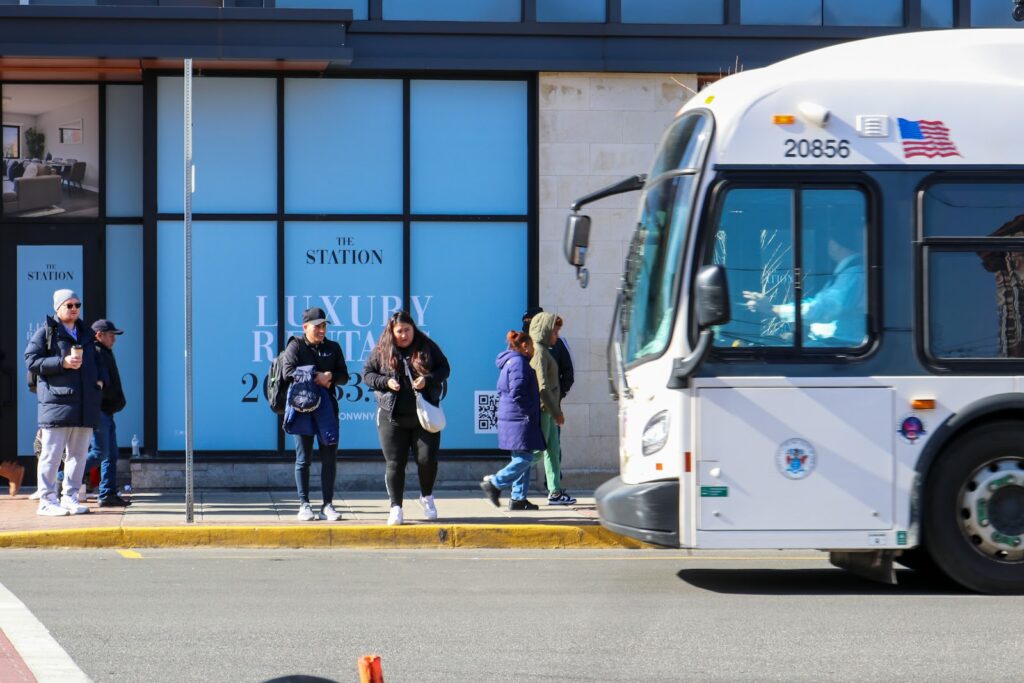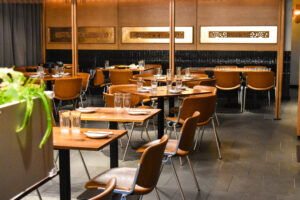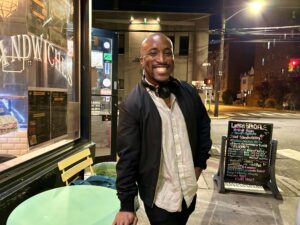Photo by Chelsea Pujols.
“Rich vs. Poor” or “New Jerseyans vs. New Yorkers” may sound like a film or book trope but for the citizens of West New York, this is a page out of real life. West New York, often mistaken with New York City, which is only 15 minutes away, is a historic and diverse New Jersey town currently facing the effects of gentrification including homelessness and rent increases.
Zillow reports that the current median rent in West New York is $2,450, which is $200 more than in 2022. This is also about 23% higher than the median rent for the nation.
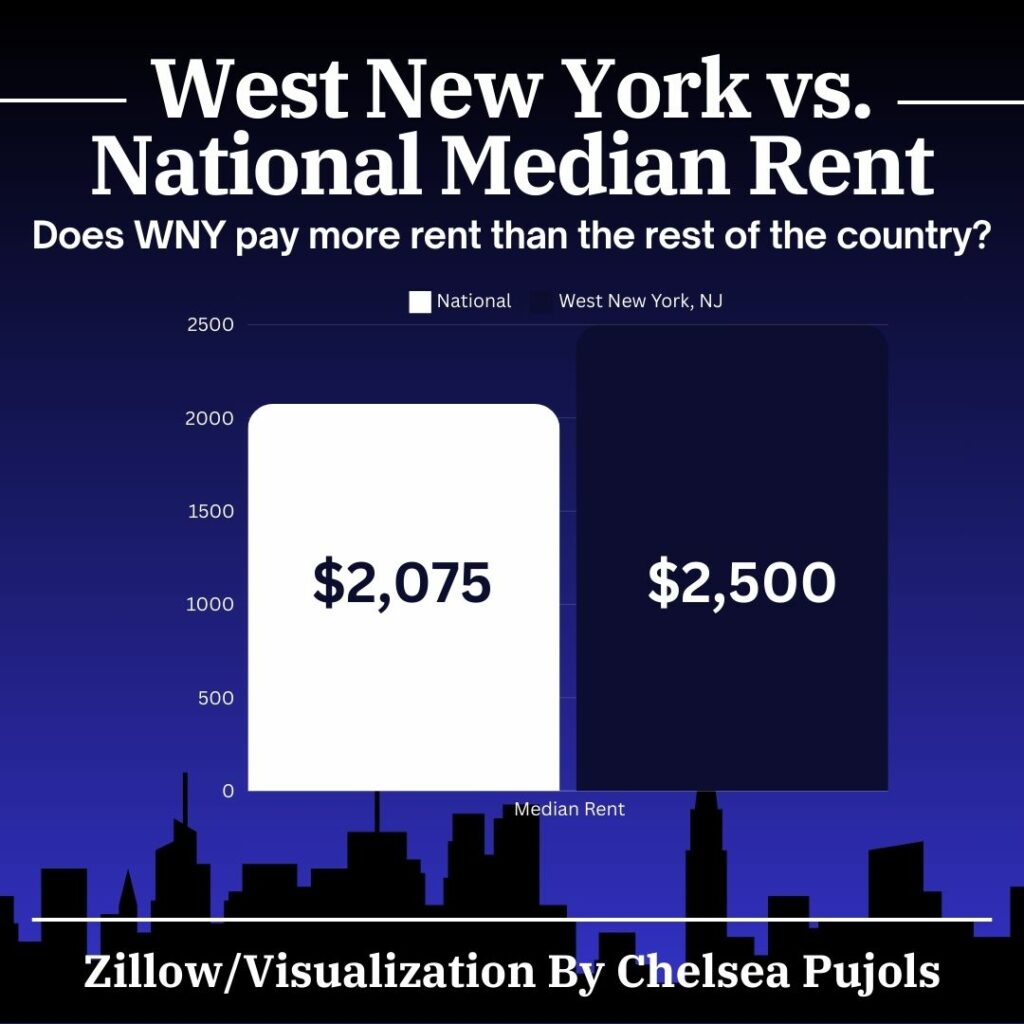
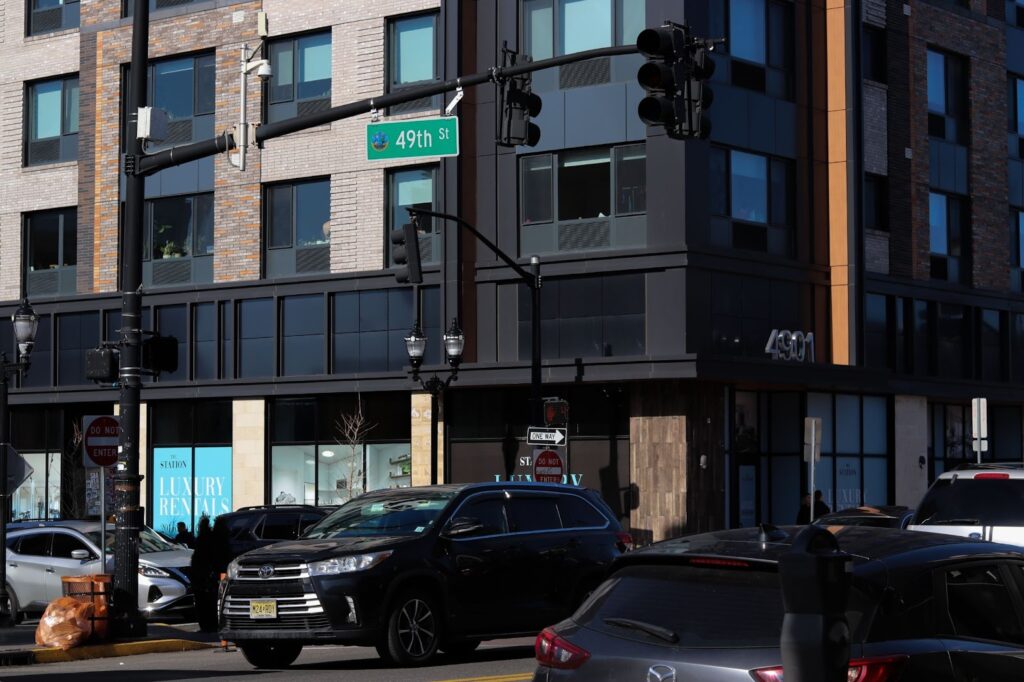
In 2019, The National Realty Investment Advisors (NRIA) broke ground on the first luxury high-rise in West New York: $49 million building called “The Station.” It is located on the edge of Bergenline Avenue, known by locals as “The Miracle Mile.” The popular street is home to more than 300 family-owned businesses.
Despite the rise of taller buildings and new residents, the town has a history of being a home for immigrants.
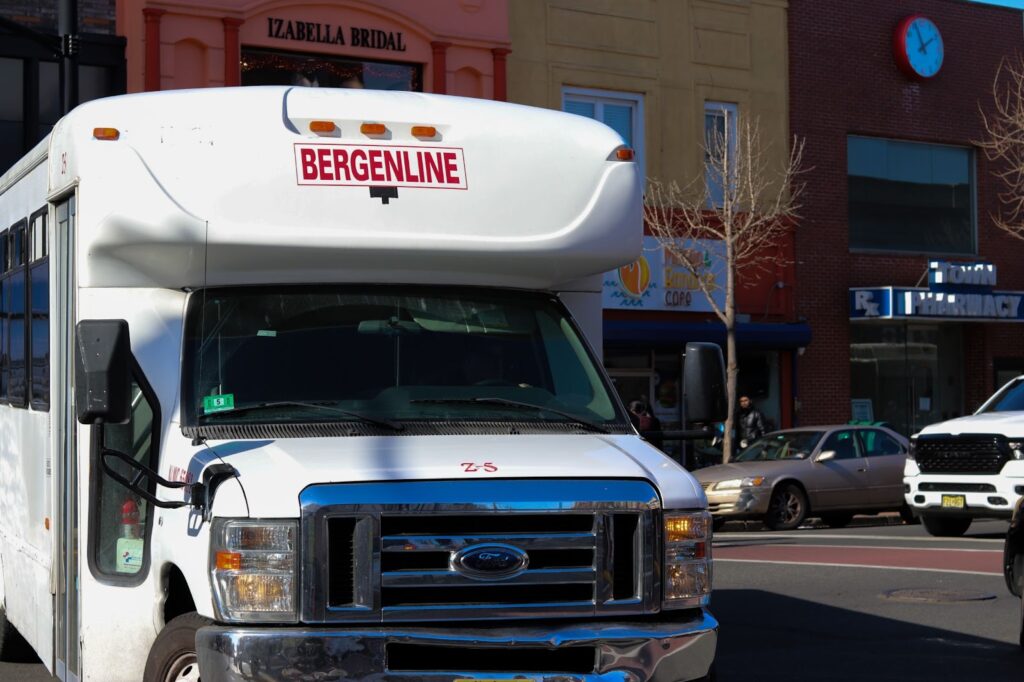
Since its establishment in the 19th century, West New York has always been a refuge for immigrants: from Dutch, German, Swiss, Italian, Swedish, Slavic and Jewish to Cubans in the 1960s and, currently Caribbean, Central American, South American and Middle Eastern residents. The town of West New York proudly displays their diversity and history as one of the main attractions of the neighborhood on their website.
No matter the origin, everyone has a story about the place that welcomed them with open arms.
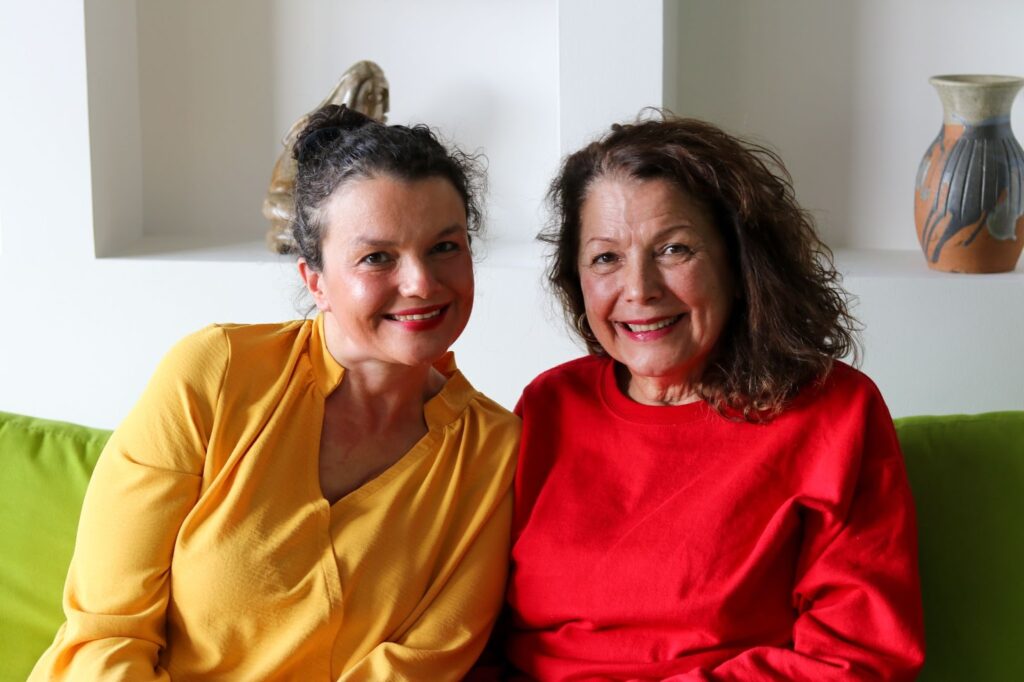
Among them are Maria Alvarez and Katya “Katie” Perez, a mother and daughter who fondly look back at memories of growing up in West New York, despite currently living in the neighboring town of Guttenberg. Alvarez immigrated from Cuba in the late 1960s and proudly regards the township as her home despite the stark contrast from Las Tunas, Cuba over a thousand miles away.
“It was in April of 1969, so it was quite a change,” she said. “Cuba’s a tropical country, a lot of color, a lot of sun, it was still cold here and the trees were still barren…Not only was I suffering the shock of migration, but the huge change of visual environment.”
However, Perez was still able to find belonging as she found other Cubans and immigrants like her while attending Memorial High School and beyond.
“Right away there was a community that welcomed us and nurtured us through the change,” she said.
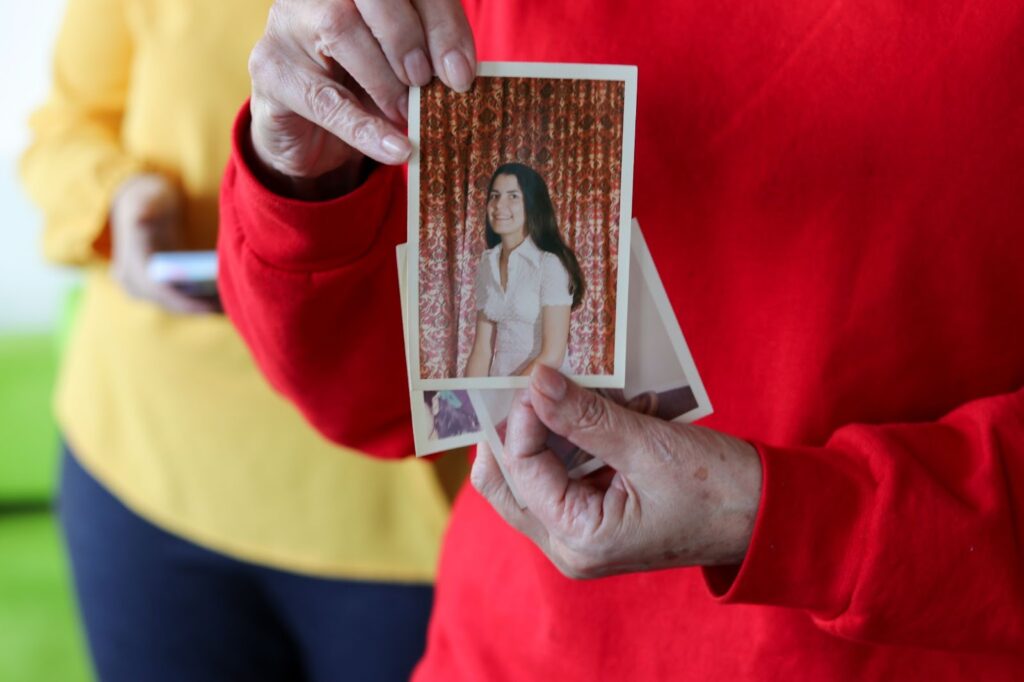
As a second generation West New Yorker, Perez’s daughter Alvarez shares a similar story decorated with memories of walking down Bergenline Avenue during Christmas Time, attending St. Joseph’s Of The Palisades Church, and an active life in the 90s and early 2000s. In contrast, Perez can recall the feeling of change. She says that store chains or more “profitable” businesses replaced her beloved mom-and-pop shops.
“All of sudden, people just couldn’t afford businesses anymore. A lot of those shops are either closed or they’re nail salons or ‘Noches de Colombia,’” she joked.
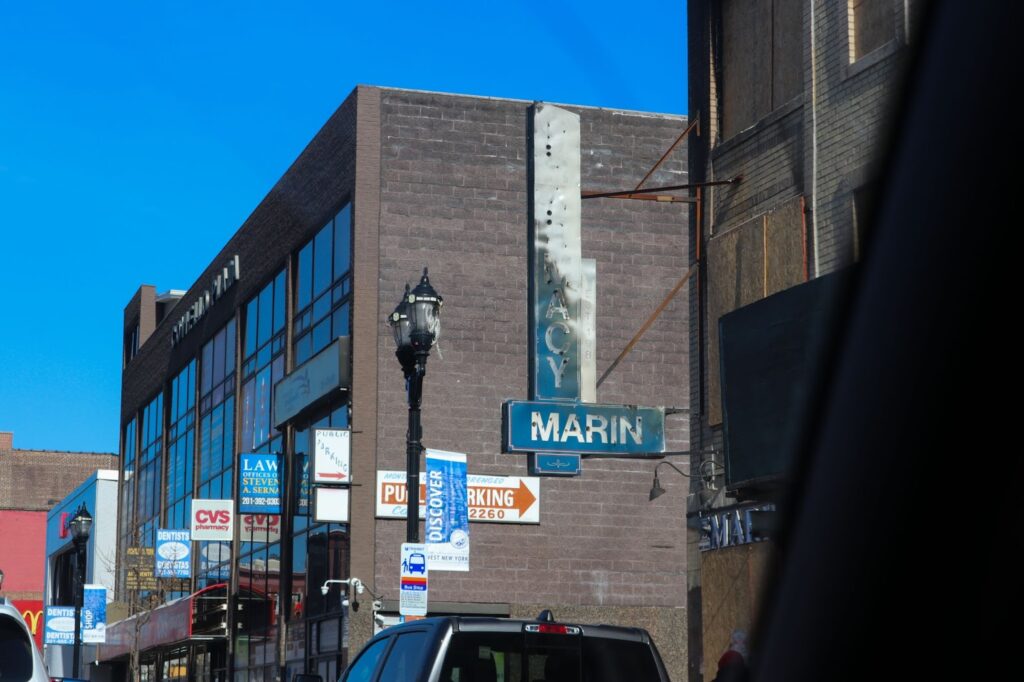
Although the two have witnessed drastic changes as time progresses, both stand firm in their decisions to call West New York theirs. “Nobody pushed me to go anywhere. I chose to stay here and to make a nice living here,” Perez said.
“There were many times where I had the chance to leave West New York, and by some God-given reason, it never happened. I felt like God was telling me this is where I belong,” Alvarez said.
Even with the emotional ties to the location, many have had to make the difficult decision to leave West New York as rents rose and they could no longer afford the overpriced apartments they once called home. Naomi Betancourt recently moved to Jersey City as a way to avoid the inevitable outcome of gentrification.
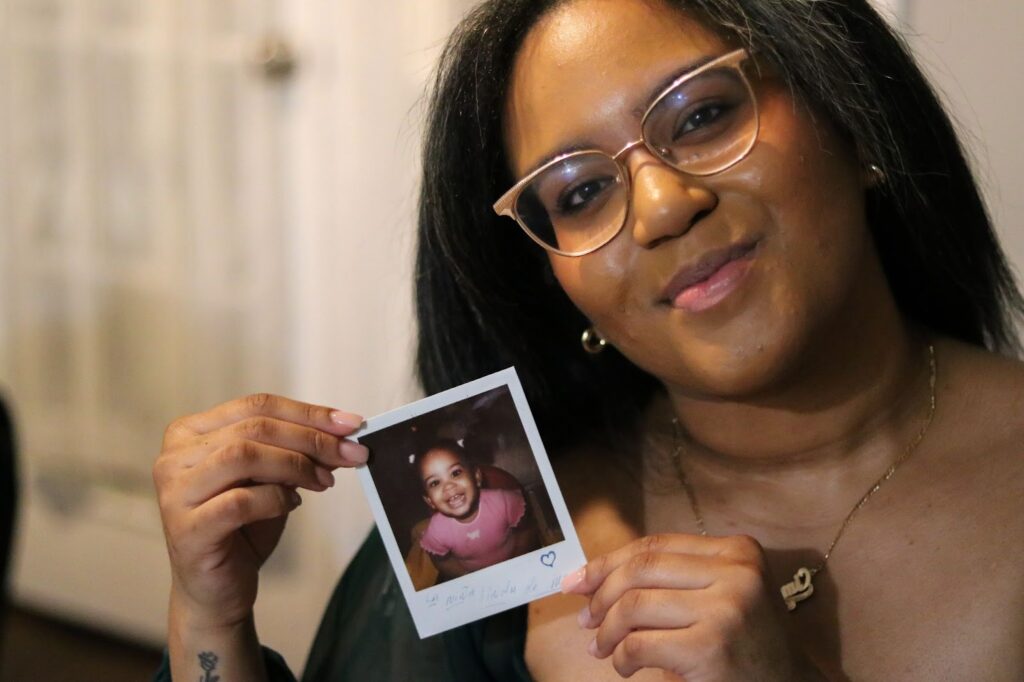
“If I had the privilege of the expense of still living in West New York, I would, but I felt the changes of the community since I was like 12,” Betancourt said. “There was an old factory right across from my old daycare and they changed that into a luxury apartment [building.] And I was already thinking like, ‘Yeah, this whole neighborhood’s gonna change after this.’”
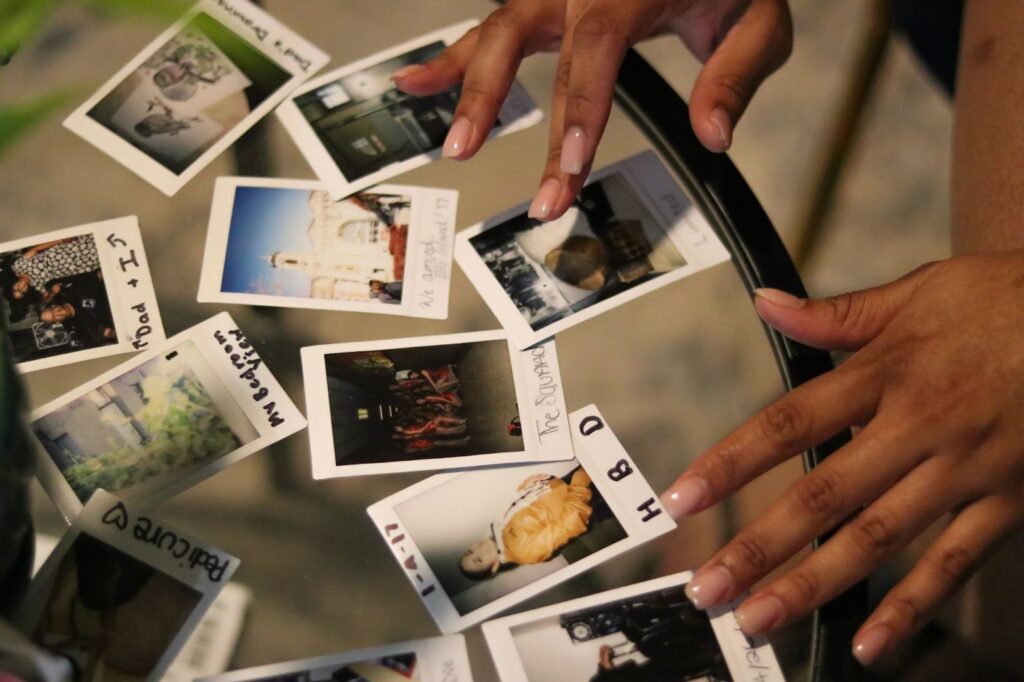
While leaving your hometown is a common symptom of coming of age for some, Betancourt’s experience was marked by watching neighbors she grew up with become homeless.
“I leave 49th street on Bergenline and all I see is another condominium building right across from me and costing double the amount the average person is making on salary nowadays,” she said. “I’ve seen people who are sleeping in the same house that they used to live in downstairs by the staircase or by the basement because they just can’t afford rent anymore.”
The amount of homeless individuals in Hudson County has gone from 665 to 920; an increase of about 38.4% found in a study by Monarch Housing Associates.
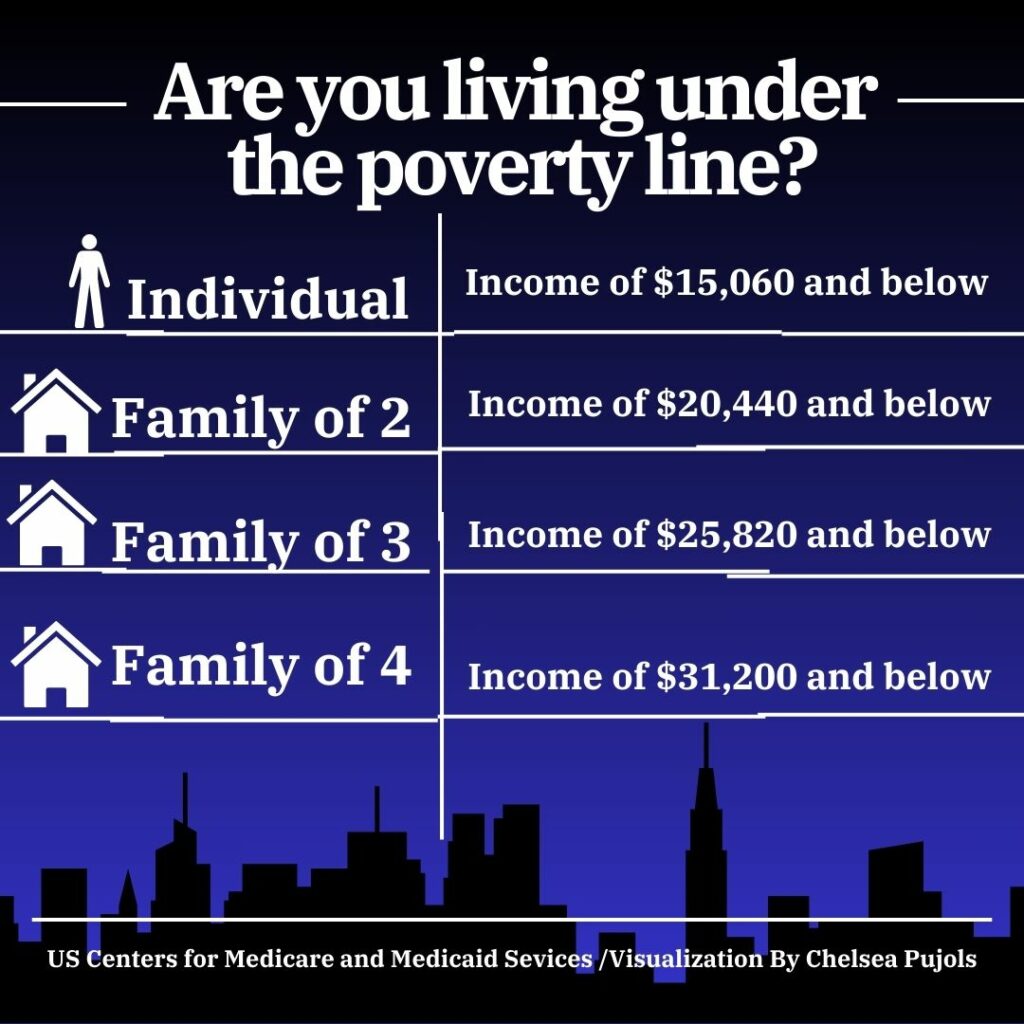

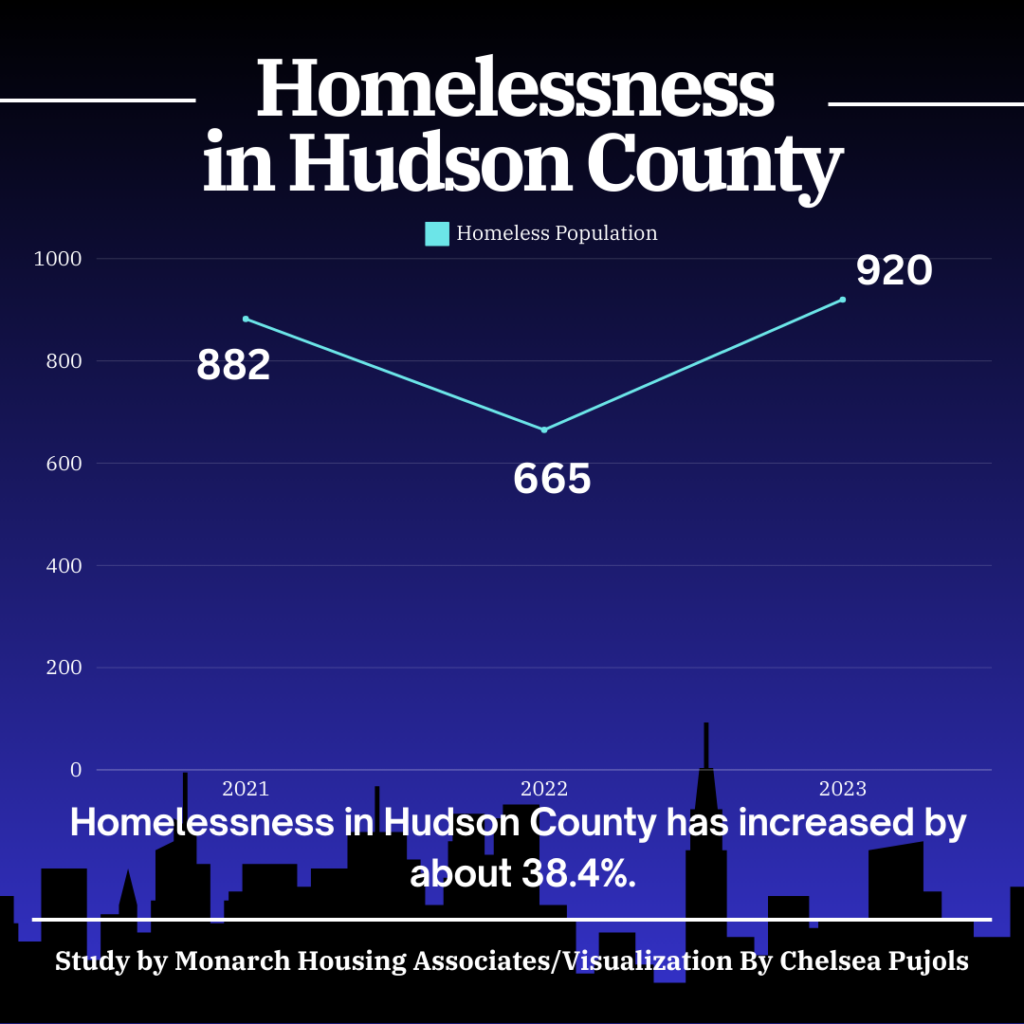
Former Mayor Gabriel Rodriguez addressed increasing homelessness in a September 2022 Board of Commissioners meeting by saying:
“So [homelessness] is, like anywhere else in the country, a complex issue and not a black and white issue…It is a complex issue because it deals with people, their issues, their emotions, and unfortunately many times their mental illness and it has to be treated as such.”
Regardless of circumstance, locals moving away opens a window for wealthier groups of people to benefit from new housing. New Jersey realtor Andre Salvador is aware of New Yorkers’ emerging presence in the real estate market.
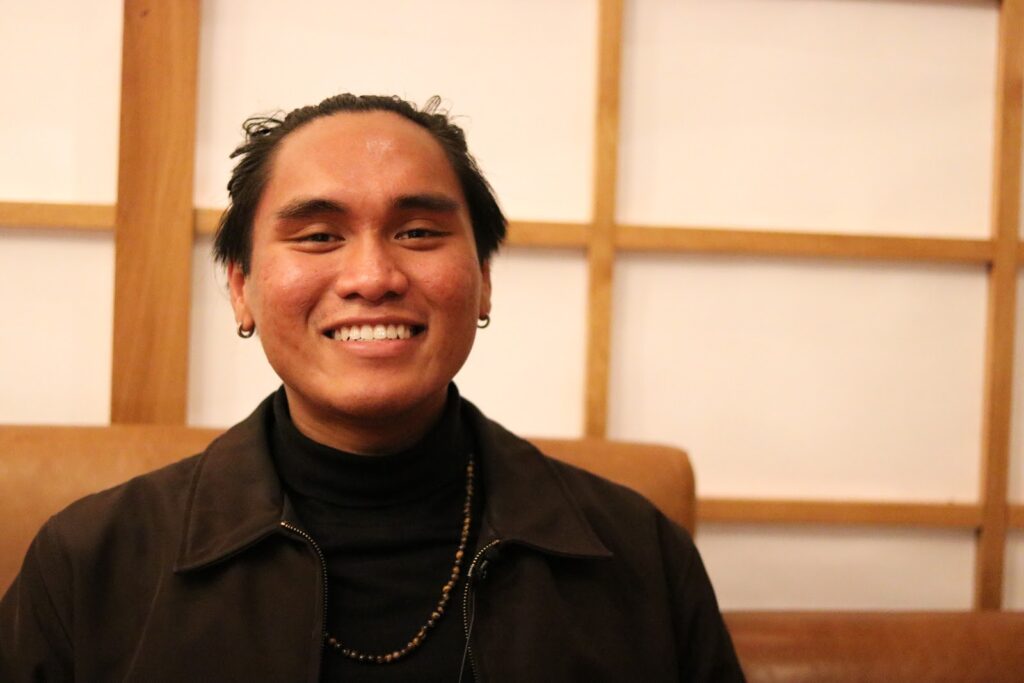
“I’ll tell you this, there were many open houses that I hosted in Bergen County and Hudson where people are coming from New York,” Salvador says. “The biggest reason [why] is not only the price, but also [for] the same amount of value you get from New York, you get much more of it here in Jersey. People are only finding out that New Jersey is a little bit similar to New York afterall.”
When asked about gentrification, Salvador candidly answers with: “I definitely don’t think it’s a good thing.”
Despite it being an uncomfortable topic for realtors, Salvador encourages them to use education to empower locals so that they are able to have a seat at the table.
“The best thing we can absolutely do is be of value to the people of our community. One way to go about that is educating them on how to get into real estate,” he said. “[People] don’t know what the first step is like, which is why it’s ideal to reach out to people and not the other way around…We’re meant to reach out to people and see what we can do to help them.”
Besides helping the community close on homes, Salvador is also involved with AREAA Northern New Jersey, an organization which helps Asian-Americans become homeowners.
Their website reads: “Founded in 2003, the Asian American Real Estate Association of America (AREAA) is a national nonprofit trade organization dedicated to improving the lives of the Asian American and Pacific Islander (AAPI) community through homeownership.”
Social media is also a powerful tool in empowering Hudson County residents through information. Realtors, like Salvador, have used platforms like Instagram Reels or Youtube to create educational and accessible content for those interested in owning property. ideos displaying properties or answering frequently asked questions allow potential buyers to make informed decisions before booking a private showing or attending an open house. This also makes the process less intimidating to people unfamiliar with the industry like immigrants or first-generation Americans, which Hudson County serves as a home to.
“Social media has helped many real estate professionals connect with an audience…Whereas years ago, they would need to spend a marketing budget just to put their name out publicly,” Salvador said. “We are living in the best age for people to connect one to many!”

